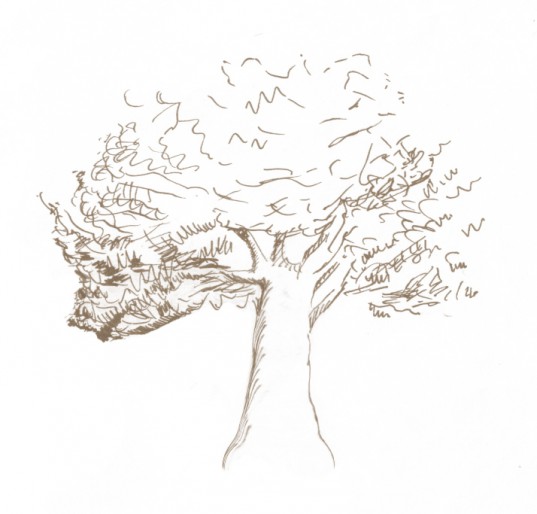Olive grove
The olive tree – a symbol of peace and longevity, a special and almost miraculous tree. The stories about olive trees are found not only in the Bible and the Koran but also in different ancient myths and other famous texts written by ancient inhabitants of the Mediterranean. It seems certain that the olive tree as we know it today had its origin approximately 6,000 -7,000 years ago in the region corresponding to ancient Persia and Mesopotamia All the texts about the olive tree and its precious fruits have been written with so much enthusiasm and admiriation.
In traditional stories of our childhood, the olive tree has always been considered a faithful wife – whenever you come to her, you are welcome; she is patient and will wait for you a whole eternity; she does not ask for much but will give you a lot in return. Olive oil has long been considered sacred. The olive branch was often a symbol of abundance, glory and peace. Today, olive oil is still used in many religious ceremonies. Over the years, the olive has been the symbol of peace, wisdom, glory, fertility, power and purity. The olive tree is known for its longevity since it can live for centuries, if pruned correctly and regularly. Moreover, it is immortal. It can grow with almost no water at all; however, it likes hot weather and sunny positions without any shade. Its tree is short, hardy and drought-resistant. Olives grow very slowly, and over many years the trunk can attain a considerable diameter. Evergreen leaves are regenerated every three years while it gives fruits every seven years. Olive, or Olea europaea, has a high percentage of fat (15% - 35%) and its name comes from Latin olea, which means oil. It blooms in April and May, while it is harvested in autumn. Nowadays, olives are harvested in October and November. Some are harvested when they are green and others when they are black and completely ripe. The fruits are bitter due to glycoside oleuropein which is found in the skin. Olives are a good source of vitamin E and monounsaturated fatty acids but they also contain numerous active phytonutrients, such as polyphenols and flavonoids, which have anti-inflammatory properties. Oleic acid makes 75 % of fat, which lowers the level of cholesterol. Olive tree parts, and olive oil, have a number of common phenolic compounds that might possess positive health effect to the human body. In Dalmatia, olive is one of the most important fruits. In the past, it was crucial for the survival on the islands: it gave man everything: wood to keep him warm, leaves to feed his animals, fruits to feed himself and oil as food, spice, medicine and light. The most important Croatian variety of olive is called Oblica. It makes 60 % of olives in Croatia, and 75% - 80% in Dalmatia. The varieties Oblica, Lastovka and Levantinka make 90 % of Dalmatian olives. According to the statistics, there are 4.5 million olive trees in Dalmatia.


